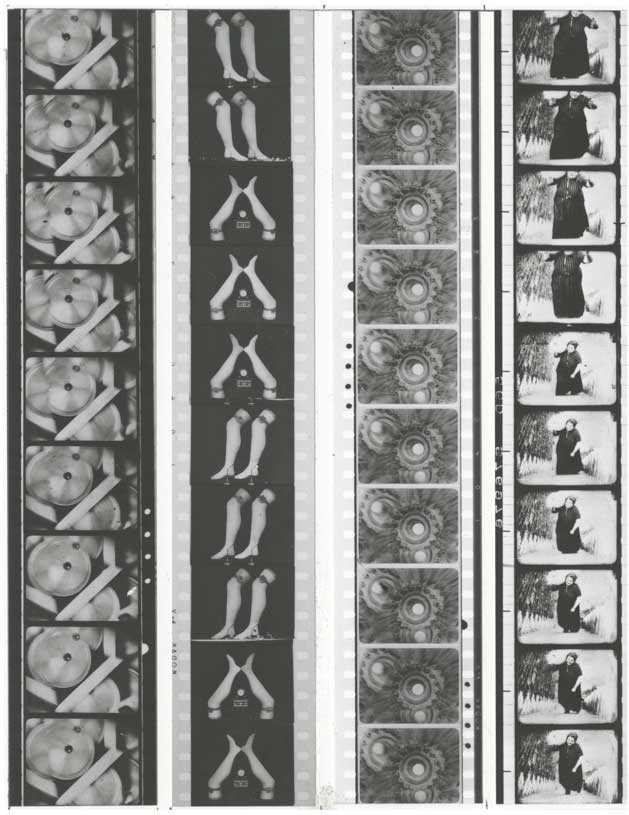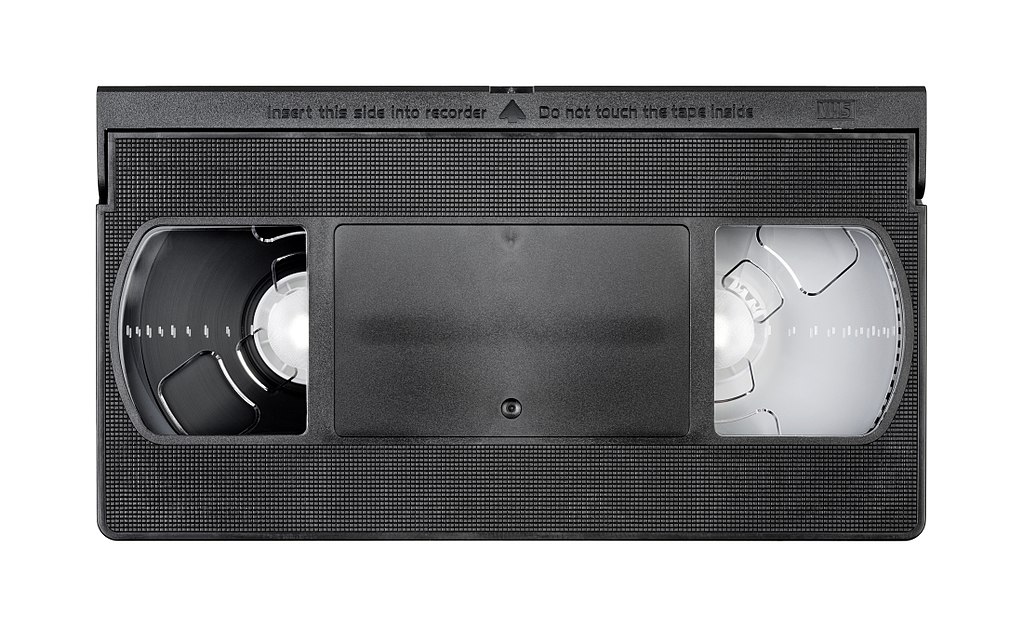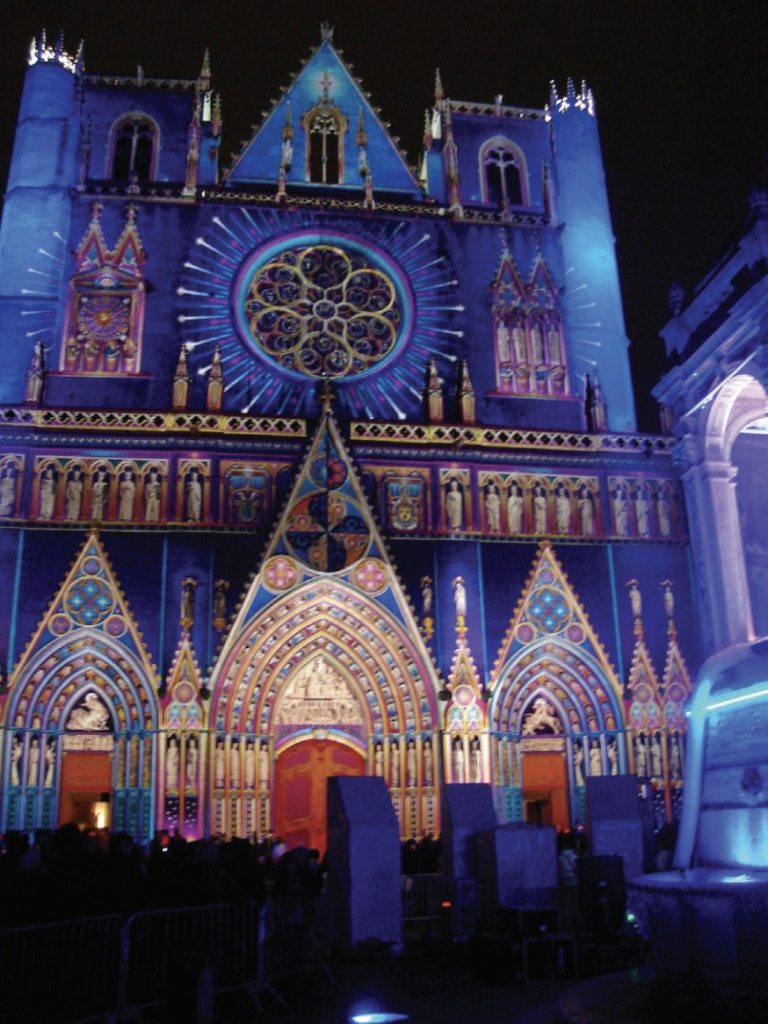Chapter 7.3: Film and Video

A film, also called a movie, motion picture, moving picture, or photoplay, is a series of still images that, when projected on a screen, create the illusion of moving images. This illusion is based on the human brain’s perception that a series of slightly varied images produced in rapid succession look like moving pictures. A film is created by photographing actual scenes with a motion-picture camera.
The word cinema, short for cinematography, refers to filmmaking and the film industry, and to the art of filmmaking itself. The contemporary definition of cinema is the art of simulating experiences to communicate ideas, stories, perceptions, feelings, beauty, or atmosphere by means of recorded or programmed moving images along with other sensory stimulations.
The following article excerpt from MoMA (the Metropolitan Museum of Art) will give an overview of the film medium beginning during the late 19th century.
“The first motion pictures flickered to life in Thomas Alva Edison’s New Jersey laboratory in the early 1890s. Within two decades, movie theaters had sprouted across North America and Europe (with much of the rest of the world soon to follow), their seats packed daily with audiences consuming melodramas, comedies, newsreels, and animation.

Then, in 1927, sound came to the big screen. For the first time, audiences heard actors’ voices and thrilled to the new dimension this brought to the experience. From cumbersome beginnings, sound technology—along with camera, film, and projection technology—steadily improved and films became increasingly sophisticated. It is now hard to imagine a time when films were not central to popular culture.
By the early 1920s, film production was flourishing in America, Europe, and Australia, and technological advancements coupled with bigger budgets allowed filmmakers to release increasingly ambitious films. But the people involved in producing, writing, directing, and acting were considered entertainers more than artists and creators, and film itself was not thought of as an art form. Arguments began emerging that film should be considered a new and distinctly modern art, reflective of the industrial and entrepreneurial context from which it arose. While these debates were taking place, independently minded filmmakers working outside of the studio system, as well as enterprising visual artists, were approaching motion picture technology with different visions—and making art.
As the decades progressed, Hollywood increasingly set the standard for how films were made. Some avant-garde artists and filmmakers reacted against Hollywood conventions, using montage and assemblage to develop narratives with a complexly layered and shifting sense of time, location, and action. They also disrupted narratives by intercutting still photographs or scenes shot in a different style or broke the illusion of reality altogether with dialogue, sounds, or images that jar viewers into awareness of film’s artifice. Hollywood has no bearing on the motivations of other artists and filmmakers, whose work takes a great variety of forms, including abstract studies of light and motion meant to play with perception.”
Video
Video art relies on moving pictures and is comprised of video and/or audio data. These images can be displayed on electronic monitors or projected onto walls or even buildings; they use light as a medium. The early video constructions of Nam June Paik (1932-2006, South Korea, lived USA) are a good example. In TV Cello, video monitors are assembled in the shape of a cello (TV Cello, Nam June Paik). When a bow was drawn across this object, images of a woman playing a cello appeared on the screens.
Video art came into existence during the late 1960s and early 1970s as new technology became available outside corporate broadcasting for the production of moving image work. The medium of video is used to create the work, which can then be broadcast, viewed in galleries, distributed as MP4 files or simply distributed via a unique internet address linked to cloud storage and played back on digital devices such as phones, iPads or computers. A popular free cloud storage and hosting site is YouTube.
In the early days a variety of analog tape-based formats (VHS, SVHS, BETA, etc.) were the materials used in the process of recording video images and sound. The editing together of the collected media involved a linear process achieved through electronic equipment such as recording decks, video display monitors and audio mixing. Due to major technology advances the process of editing today, referred to as computer based and non-linear, is much less costly, the process simplified, and the quality substantially improved. Where we once measured quality by lines of resolution (VHS tape had 220 lines) we now refer to high definition pixel count, 4K has 4096 x 2160 pixels and 8K resolution has 7680 × 4320 pixels. These technology changes have meant recording equipment is smaller, lighter, less expensive and readily accessible to all.


Projection mapping is another use of video projection. One or more two- or three-dimensional objects (often buildings) are spatially mapped into a virtual program that then allows the image to conform to the surface of the object upon which it is projected (Figure 4). Evan Roth (b. 1978, USA, lives France) creates graffiti as a video projection and then photographs the results; thus, the work is temporary. This method of spatially augmented reality has been used by numerous artists (and advertisers) to “tag” everything from public spaces to the human face, without leaving permanent marks.
Media Attributions
- Figure 1. Film clip from the film Casablanca, 1942 by the Film Society of Lincoln Center.
- Figure 2. Fernand Léger, Ballet mécanique. 1924 (Image source: Museum of Modern Art. Used with permission, for education use only).
- Figure 3. VHS tape (Image source: Evan-Amos via Wikimedia Commons) is licensed under a Public Domain license
- Figure 4. Cathédrale St Jean illuminée (Author: User “Gonedelyon”; Source: Wikimedia Commons) is licensed under a CC BY-SA (Attribution ShareAlike) license
Candela Citations
- Boundless: New Media For Art. Retrieved from: https://www.collegesidekick.com/study-guides/boundless-arthistory/new-media-for-art. License: CC BY-SA: Attribution-ShareAlike
- Film. Authored by: Arthur D. Murphy, Ralph Stephenson, Roger Manvell, Robert Sklar, Dudley Andrew. Retrieved from: https://www.britannica.com/art/film. License: All Rights Reserved

